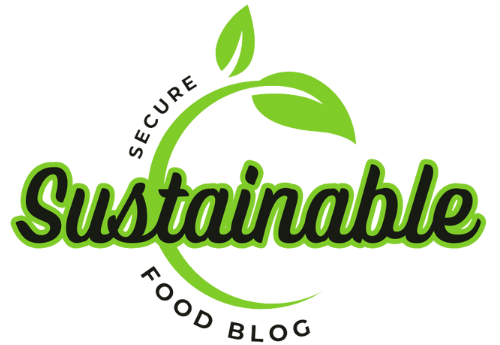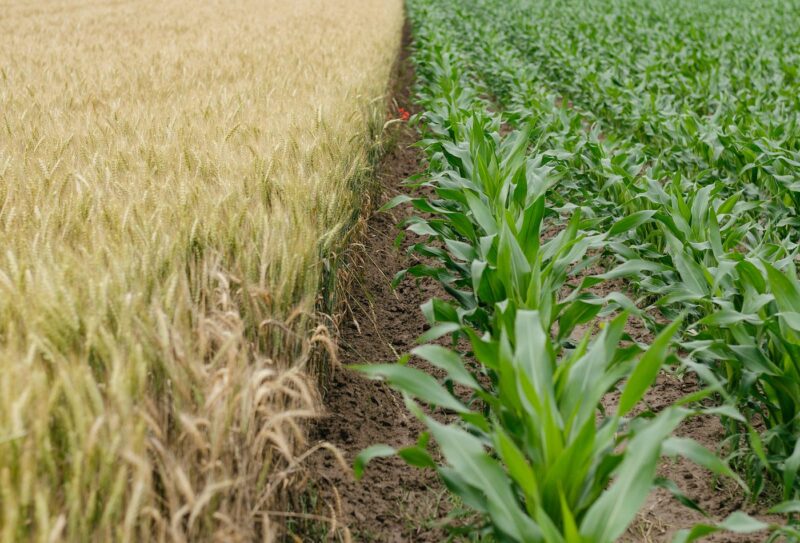When I first moved to the countryside, I knew city life wasn’t for me anymore. I saved up and managed to buy a few acres of land, hoping it would provide me purpose and fresh air. But the soil was tired after years of conventional farming – it lacked the vibrancy it once had.
That’s when I came across the idea of regenerative agriculture. The concept of renewing our connection to the land spoke to me on a deep level.
My initial attempts were humble – I planted cover crops and worked the soil only when conditions were right. It felt bittersweet to see weeds and wildflowers return rather than cash crops. However, over subsequent seasons, I witnessed earthworms and nutrients come back to the fields. The soil darkened as its health improved.
Soon, the successes gave me hope and motivation. I expanded my practices, rotating livestock and diversifying plantings. Local customers expressed interest in my story and produce. Today, I’m proud to offer nutritious foods while caring for the landscape.
Most rewarding is seeing wildlife returning and knowing future generations will inherit rich farmland. My small plot is proof that we can farm and steward the earth as one.
Discovering Regenerative Agriculture
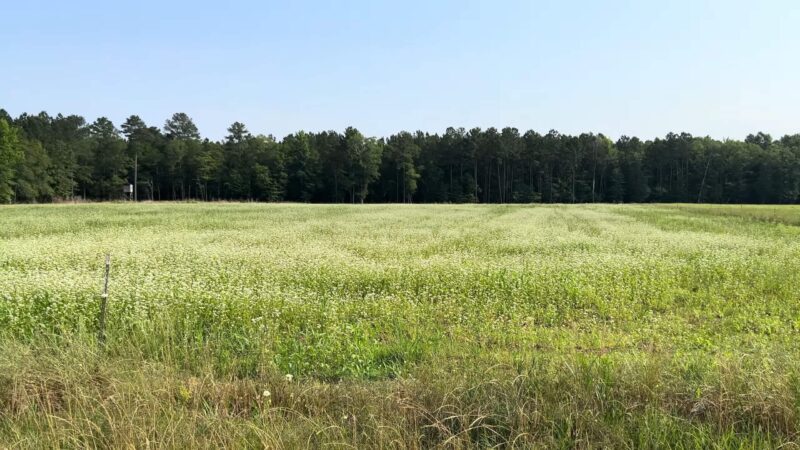
When I first came across the concept of regenerative agriculture, it was a documentary that really opened my eyes. Hearing farmers talk about farming in harmony with nature instead of against it captured my curiosity. They discussed practices like rotating crops and grazing animals to renew the soil.
I found myself wanting to know more, so I dove into research. I read everything I could find on the topics of composting, cover crops, and building organic matter. Late into the night, I would spend time watching videos online of regenerative operations around the world.
I connected with farmers on social media who were willing to share their knowledge and experience with an eager learner.
The more I discovered, the deeper my belief grew in regenerative agriculture’s potential to heal the land. Experienced farmers inspired me with their successes in restoring depleted soils. I realized this was an opportunity to make farming a solution instead of a burden to the environment.
Their passion was contagious. As I learned, so did my commitment to these methods of caring for the soil and stewarding resources for future generations.
Dreaming Big, Planning Step-by-Step
I took some time to really think about where I wanted this farm to be. My main goals were repairing the degraded soil, encouraging more biodiversity across the fields, and lessening our dependence on synthetic interventions. From there, I drafted a detailed proposal that laid the path ahead. It included aspirations for both the short and long haul.
My blueprint was to deploy regenerative practices step-by-step, monitoring our improvements every step of the way. With a clear vision and strategy, I was ready to get to work healing this land.
Implementation OF Regenerative Techniques
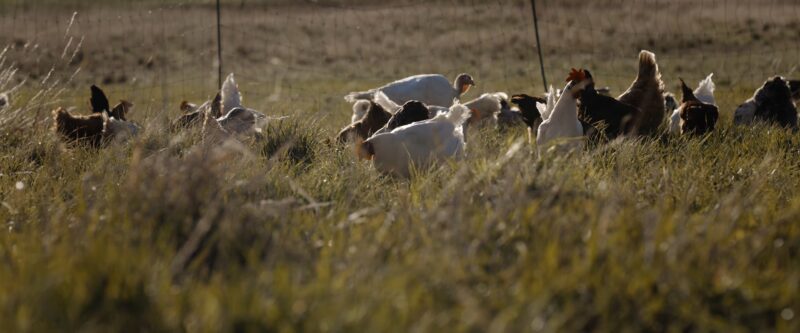
- Cover Crops: I decided to scatter cover crops as a starting point. They’d shield and nourish the soil. I went with clover and rye which helped break up packed areas while improving structure. The extras also cut erosion and upped fertility.
- Tillage Reduction: I cut way back on disturbin’ the soil to protect the microbes. Rather than plowin’, I direct seeded into the covers with a no-till drill. This protected the integrity and supported the healthy underground crew.
- Compost Application: I got into compostin’. I collected food scraps, yard clippings, and manure. I mixed up rich compost to reinvigorate the soil. It offered crucial nutrients and improved well-being.
- Rotational Grazing: I began moving the livestock between pastures on a routine. This prevented over-grazin’ and let the grass regain strength. It also boosted soil health and diversity above and below ground.
- Agroforestry: I added trees and shrubs to the crops. I planted fruit trees and native undergrowth. They lent shade and shelter. Trees further reduced erosion and improved water retention throughout the operation.
Challenges and Solutions
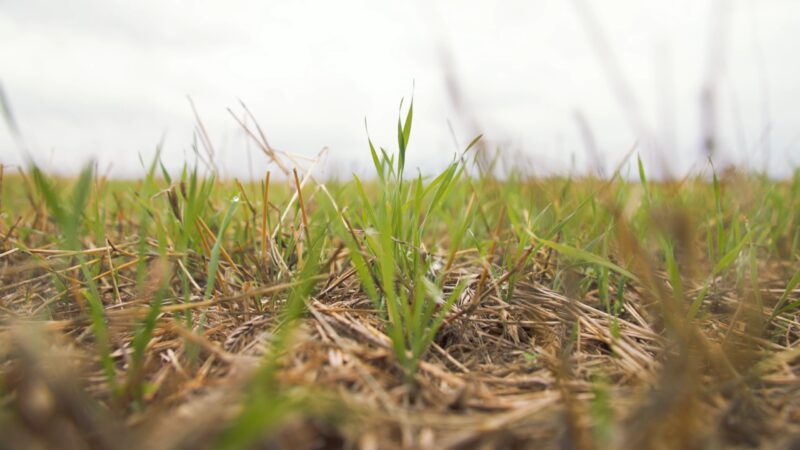
This journey hasn’t been without its difficulties. I’ve faced many obstacles along the way. The soil was in rough shape, and it took time to see improvements. I made mistakes and learned from them. I talked with farmers who had more experience. Their advice and support were really helpful.
One of the biggest problems was dealing with weeds. The cover crops helped suppress them, but I also used mulching and hand-pulling. I avoided chemical herbicides because I wanted to keep the farm organic and sustainable.
Pest control was another issue. I used natural methods like planting herbs pests don’t like and encouraging beneficial insects. Ladybugs and predatory wasps helped keep pest populations in check.
Weather conditions posed challenges too. Droughts and heavy rains tested my farming practices. I used mulch and cover crops to retain soil moisture during dry spells. I created drainage ditches and contour lines to manage water runoff when it rained heavily.
It hasn’t been easy, but I’m learning as I go. With patience and effort, this land will become healthy again over time.
Results and Observations
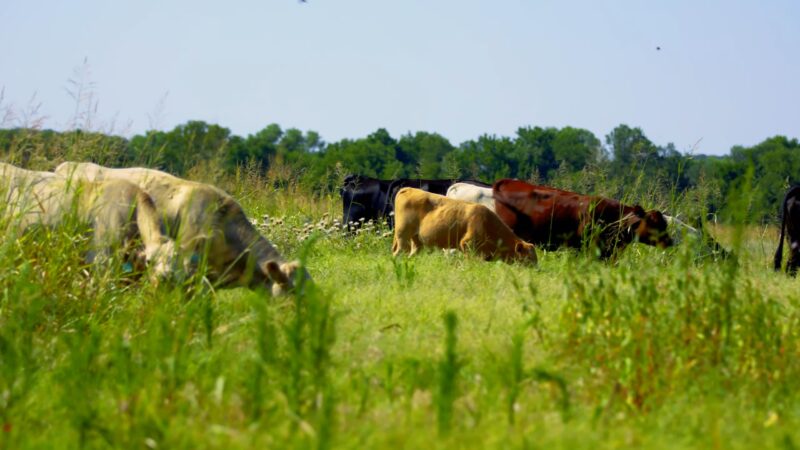
Over time, I noticed positive changes on the farm. The soil grew richer and more fertile. Crop yields improved. Biodiversity increased too – I spotted more birds, insects, and other wildlife around. The whole operation started thriving like an ecosystem.
As the soil health lifted, so did plant health. They became more resistant to pests and diseases. My livestock also benefitted from the grazing routine. With access to fresher, more nutritious forage, their well-being and productivity are boosted.
Future Plans
I plan to keep expanding regenerative practices on the farm. More cover crops and a wider variety of trees and shrubs are on my list. I aim to further reduce dependency on synthetic inputs and enhance soil health.
Conclusion
Transitioning to regenerative farming has been really rewarding. I’ve seen firsthand how the techniques improve soil health, biodiversity, and the overall resilience of the farm. I’m committed to continuing down this path while also sharing my experiences with other farmers. In my view, regenerative agriculture is the way forward.
I feel proud to be part of the movement and see where these practices can lead over time. There’s always more to learn, but I’m eager to keep working on sustainable solutions through hands-on experience.
